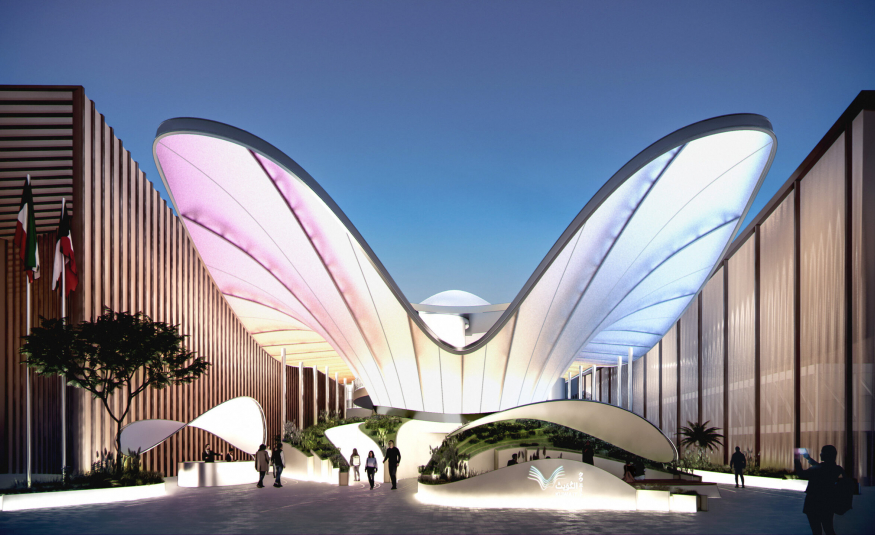The immersive architecture and exhibition of the Kuwait Pavilion at the upcoming World Expo 2025 in Osaka, Japan, have been unveiled to the public at a ceremony in Tokyo, at an event attended by VIPs and representatives of companies involved in the project.
The Pavilion would “serve to forge bridges of friendship and solidarity between Kuwait and Japan, as well as among all nations around the world,” said Salem Al-Watyan, commissioner general of the State of Kuwait Expo 2025 Osaka. “Fifty-four years ago, Kuwait was one of only four Arab nations present at Expo 1970 in Osaka. Since then, significant milestones in bilateral co-operation, partnership, and solidarity between Kuwait and Japan have been reached,” Al-Watyan said.
The Kuwait Pavilion’s exhibition will showcase how the country is striving for a sustainable future for its people and fostering its global standing through a diversified economy and focused national development. Often referred to as a lighthouse of culture and a beacon of tolerance for its contributions to Arab culture, arts and social work, Kuwait will present itself as a Visionary Lighthouse that lights up the Gulf region.
NUSSLI is the contractor building the Kuwait Pavilion and the project is the ninth Expo it has been involved in and it is the second time that NUSSLI is building the Kuwait Pavilion after Expo 2015 Milano. “The architectural concept with its unusual shapes and materials and the extraordinary combination of tradition and high-tech in the exhibition are a complex undertaking,” said Harald Dosch, director business development of NUSSLI. “We are proud to support our client’s ambitious project and, together with our project partners, we will make Kuwait's appearance at the Expo 2025 Osaka an outstanding success.”
Further project partners are LAVA for the architecture, and insglück for the exhibition, supported by schlaich berger-mann partner for the structural engineering, and the Japanese architect of record Tokuoka Sekkei, and the Japanese construction company Mugishima Construction.
The Pavilion’s open architecture with its opening wings symbolises a welcoming gesture and stands for the country’s famous hospitality.





